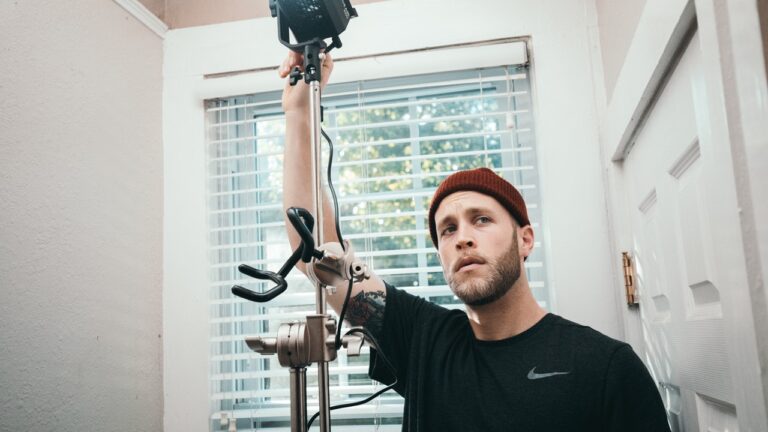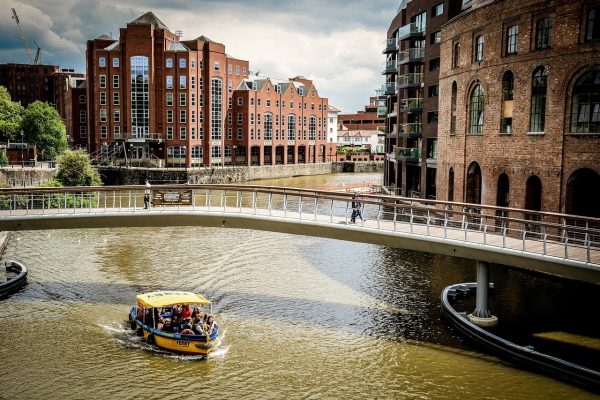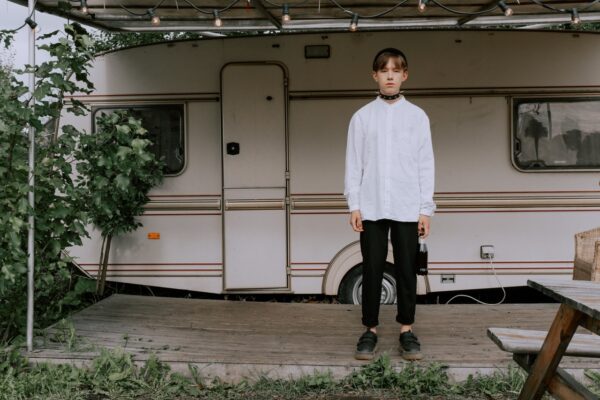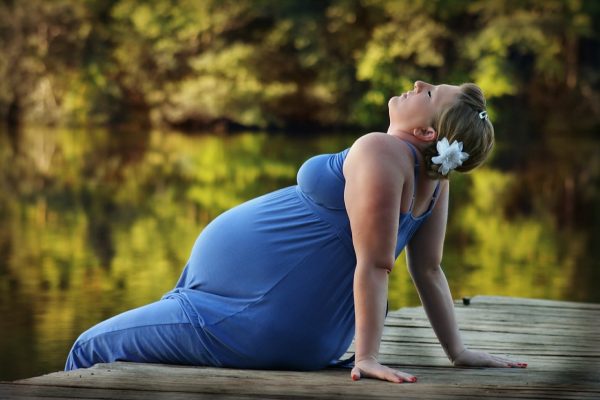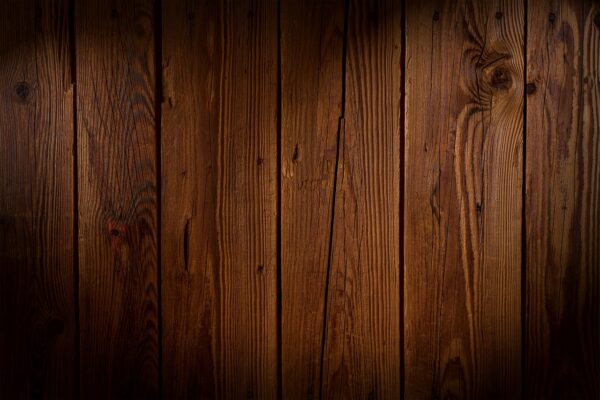What is good lighting? How can you use it to create beautiful images? These are some questions that you ask yourself as a photographer starting. Lighting is an essential part of photography. Good lighting is the difference between a good photograph and a bad one.
Good lighting makes your subjects look beautiful before you even edit the photo. It also influences how much time you take to edit a photograph. Are you starting and would like to acquire good lights? Try out the Shutterfly coupon and free shipping code to avail of key equipment at a discount.
So, what is good light? You will hear photographers throw around this term, but you will barely ever get the meaning. It is not difficult to achieve good lighting for a photograph. Getting lighting right will improve the quality of your pictures quite a bit. While good lighting does not make someone more beautiful than they are, it will show their best self.
Here are some tips on improving your lighting.
Use the Sun
Taking photos outside utilizes the sun, which is the best source of light. Sunlight is rich, warm light capable of making everyone look good. When shooting in the sun, avoid taking photos on cloudless days.
The light tends to be quite harsh, which means the shadows are too. It would be best if you took advantage of cloudy days. The clouds block the sun, acting as a filter for harsh light. They soften the glare, allowing for the rich colors to pop more.
Broad Lights
When in the studio, the conditions are different compared to the outside. Here you have more control over the lights. Use broad lights to illuminate your subject. Wide light sources tend to have softer light emanating from them.
Wide light sources cast few shadows and suppress your subject’s texture. You can adjust the light coming from a flash or a CFL by bouncing it off a white surface. You can also use a softbox or another diffuser for the same effect.
Distance
Make sure your subject is close to the light source. The farther the light is from the subject, the harsher it is. When the light source is close to the subject, they are illuminated more evenly than farther.
Make sure the light source is to the side of the subject. You do not want the light blinding your subject. They might squint their eyes during a photo. Also, do not place the light behind the subject; this will only create a silhouette.
Make Use of the Flash
The flash is your friend; make good use of it. It is a great way to get additional light on a subject if there is not enough. Use the owner’s manual to get familiar with the flash and its modes of use. Some flashes are red-eye reducing, which is a great feature to get to know. Please do not rely solely on your flash to light a subject; instead, use it to add to the lighting situation.
Conclusion
There are many ways to light a photograph, and these are but a few. With more experimentation, you will come up with your style of lighting. Take your time to try out new ideas with your subject until you have refined your art.
Sources:
https://electronics.howstuffworks.com/cameras-photography/tips/5-tips-for-photography-lighting.htm

